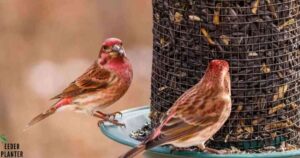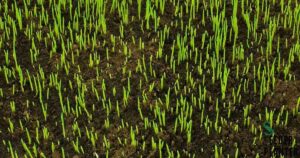It is also known as Carmona or Philippine tea tree, is considered an evergreen native plant of East Asia and Southeast Asia. Its name Fukien is because it was originally found in China’s city Fukien. It is three feet tall. It is famous due to its tea leaves. Because their leaves are used to make famous Chinese tea.
Fukien tea is good and the best choice for indoors growing. In This article I will explain The Allure of Fukien Tea Bonsai. Its flowers are white during the Summer month. Also their foliage is waxy and shiny. Their leaves grow in clear clusters and due to this the branches and flowers look amazing. Their white flowers give a symbol of love. Due to their flowers these are the first priority of every home. So everyone likes to grow them in their office and house.
They are still used just for ornamental purposes of the lawn and garden. It has gained popularity because they can grow easily in homes and could be shaped into any desired shape. Their irregular bark surface gives the look of age just in a few years of time. Their leaves are 0.5 inch long and in oval shape. The cultivation of the Fukien tea is different in other regions of the world. But the climate of Fujian province is suitable.
A Brief History Of Bonsai Fukien Tea
Fukien Tea (Carmona retusa), also known as Philippine Tea or Ehretia microphylla, is a popular species of tree. Here’s a brief history of Fukien Tea bonsai:
1.Origins and Native Habitat
Fukien Tea is native to Southeast Asia, particularly in regions like China, Malaysia, Taiwan, and the Philippines. It thrives in warm, tropical climates and is known for its small, glossy leaves.
2.Introduction to Bonsai
The art of bonsai, which involves cultivating miniature trees, originated in China over a thousand years ago. The practice eventually spread to Japan and other parts of the world. Fukien Tea was recognized for its suitability for bonsai due to its small leaves, fine branching, and adaptability to being grown in containers.
3.Bonsai in China
Fukien Tea bonsai likely has a history in traditional Chinese bonsai. China has been a key influencer in the development of bonsai as an art form, and Fukien Tea’s characteristics made it a suitable candidate for miniaturization.
4.Japanese Influence
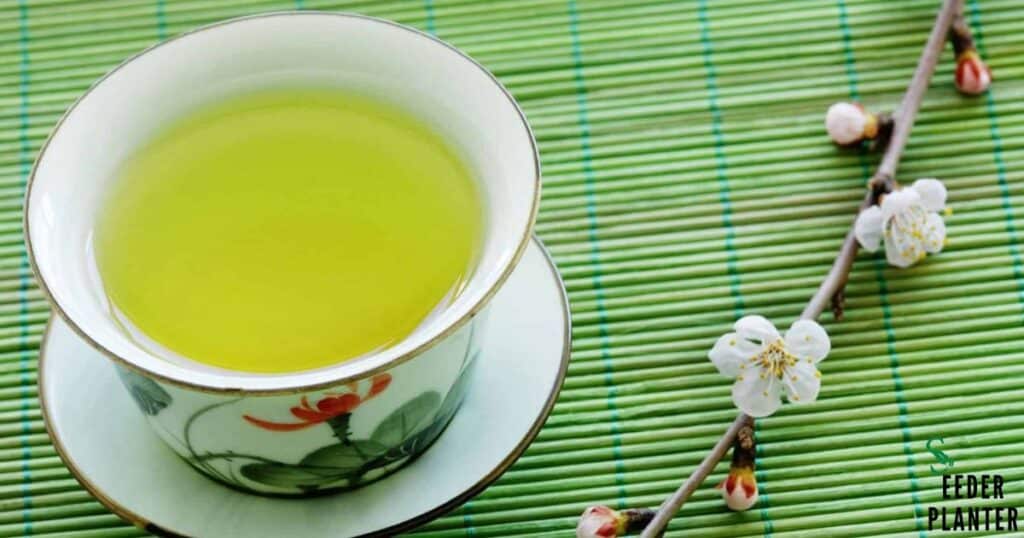
Japanese bonsai enthusiasts played a significant role in popularizing Fukien Tea as a bonsai species. As bonsai gained prominence in Japan, various tree species, including Fukien Tea, were embraced for their aesthetic qualities. Japanese bonsai masters experimented with different styles and techniques for shaping Fukien Tea trees.
5.Post-World War II Spread
After World War II, there was a surge in interest in bonsai worldwide. Fukien Tea, with its ability to adapt to various styling techniques and its suitability for indoor cultivation, became popular among bonsai practitioners around the globe.
6.Cultivation Challenges
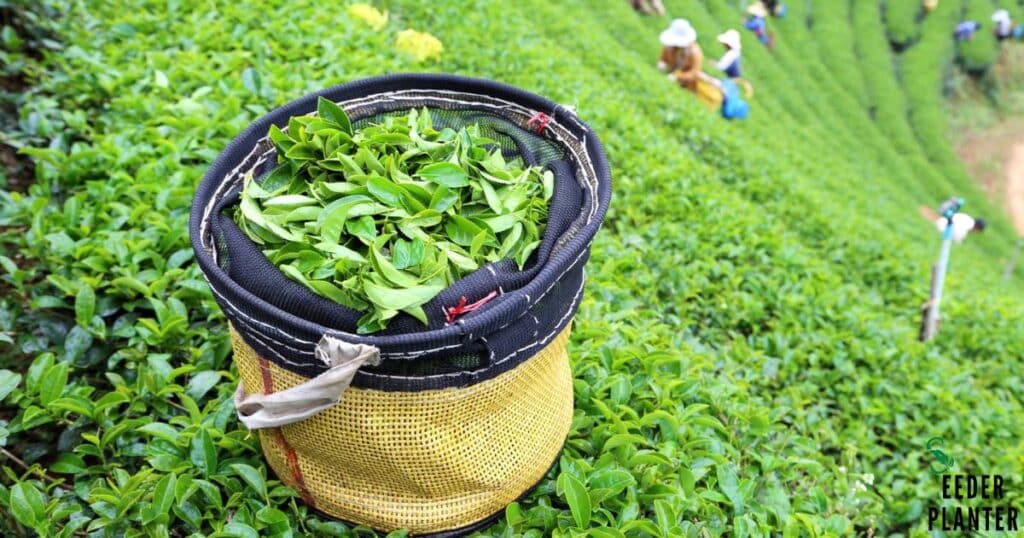
While Fukien Tea is appreciated for its appearance, it does come with some challenges. It can be sensitive to changes in environmental conditions, and care must be taken to prevent issues like pests, diseases, and leaf drop. Proper watering and feeding are crucial for its health.
7.Global Adoption
Fukien Tea bonsai has found a place in bonsai collections and exhibitions internationally. Its small size, delicate leaves, and ability to develop a well-proportioned trunk make it an attractive choice for both beginners and experienced bonsai enthusiasts.
8.Modern Bonsai Art
Today, Fukien Tea continues to be a popular choice for bonsai artists. With advancements in bonsai techniques and the exchange of knowledge between enthusiasts worldwide, the cultivation and styling of Fukien Tea bonsai have evolved, contributing to its enduring popularity in the bonsai community.
The Importance Of Proper Care And Maintenance
Proper care and maintenance are crucial for the health and aesthetic appeal of Fukien Tea bonsai. Here are five key reasons highlighting the importance of adequate care:
Vital for Health and Vigor
Proper care ensures the overall health and vigor of the Fukien Tea bonsai. This includes regular watering, appropriate fertilization, and ensuring proper light conditions. A well-maintained tree is more resistant to diseases.
Aesthetic Development
They are admired for their intricate and artistic designs. Regular pruning, wiring, and shaping are essential components of maintenance. Proper care helps guide the growth, promote ramification (branching) and enhance the visual appeal..
Prevention of Pest and Disease Issues
It can be susceptible to pests and diseases, and neglecting care may lead to infestations. Regular inspection of the tree, prompt identification of any issues, and appropriate measures. It includes insecticide application or pruning affected areas that can prevent the spread of problems.
Watering Management

It requires consistent and appropriate watering to thrive. Overwatering or underwatering can lead to root rot or dehydration. Proper care involves monitoring the soil moisture levels, adjusting watering frequency based on environmental conditions. It uses well-draining soil to prevent waterlogged roots.
Adaptation to Indoor Environment
Fukien Tea is often grown as an indoor bonsai, especially in regions with colder climates. Proper care involves understanding and managing the unique requirements of indoor cultivation. This includes providing adequate light, maintaining proper humidity levels. Indoor Fukien Tea bonsai may also benefit from occasional outdoor exposure during suitable weather conditions.
How To Maintain Size of Fukien Tea?
Maintaining the size of a Fukien Tea bonsai involves regular pruning and shaping. To control growth, selectively trim new shoots and extend branches to maintain the desired proportions. Consistent pruning prevents excessive foliage density, ensuring adequate light penetration for inner branches.
Regular monitoring and adjustment of the tree’s growth through careful trimming not only maintains its size but also contributes to the overall health and aesthetics of the Fukien Tea bonsai.
Frequently Asked Questions
What is Fukien tea tree’s scientific name?
Its Scientific name is Carmona Retusa.
Do Fukien Tea bonsai lose their leaves?
Yes they lose their leaves yearly. But they replace them fairly quickly.
Are Fukien Tea bonsai fruit edible?
Their leaves are used for Tea. But its fruits are edible.
What is the best fertilizer for Fukien Tea bonsai?
Potassium and phosphorus are key fertilizers for plant health.
Final Thoughts
Maintaining the size of a Fukien Tea bonsai involves regular pruning and shaping. To control growth, selectively trim new shoots and extend branches to maintain the desired proportions. Pinching back the tips of young shoots helps restrict elongation, promoting compactness..
Regular monitoring and adjustment of the tree’s growth through careful trimming not only maintains its size but also contributes to the overall health and aesthetics of the Fukien Tea bonsai.

I am Alexander James, a seasoned professional with 4 years of expertise, brings passion and skill to every project. Elevate your experience with my knowledge and creativity.
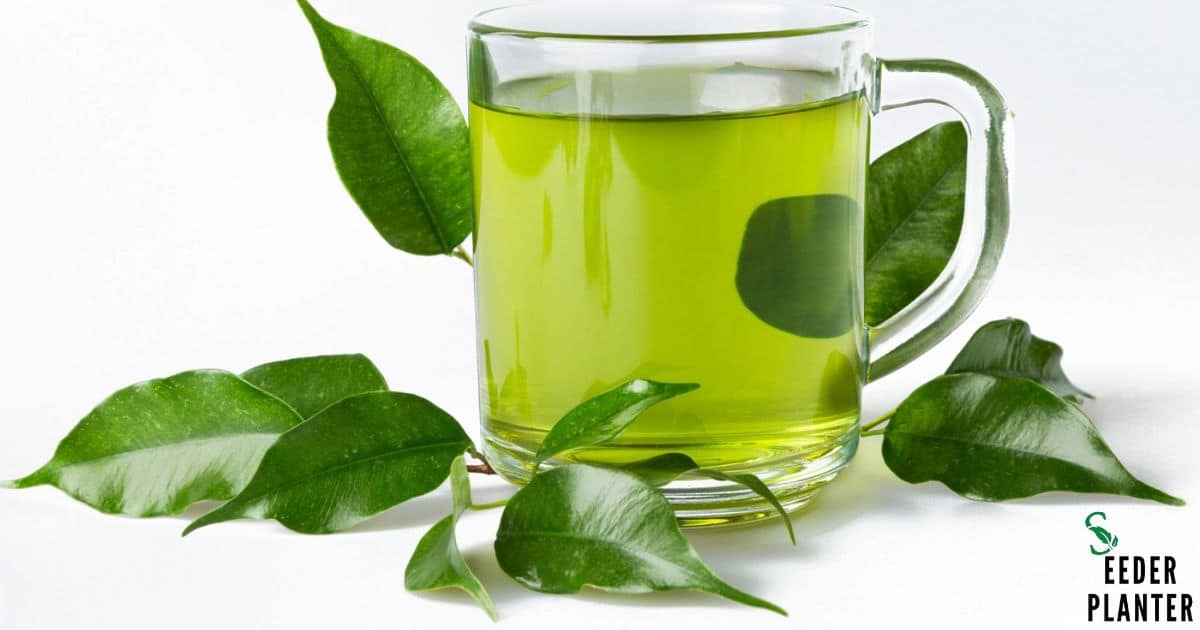


![Hollyhock Seeds: The Complete Guide to Success [2024]](https://seederabout.com/wp-content/uploads/2024/10/Hollyhock-Seeds-The-Complete-Guide-to-Success-2024-300x157.jpg)

